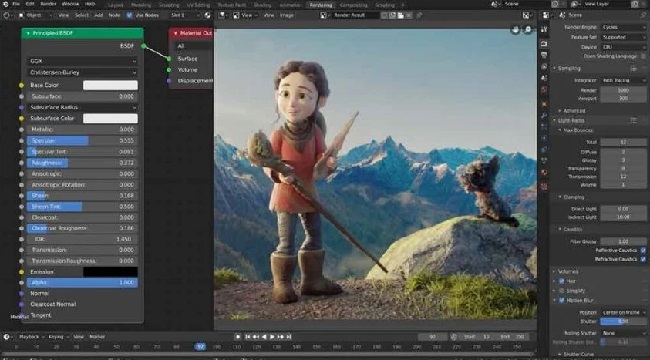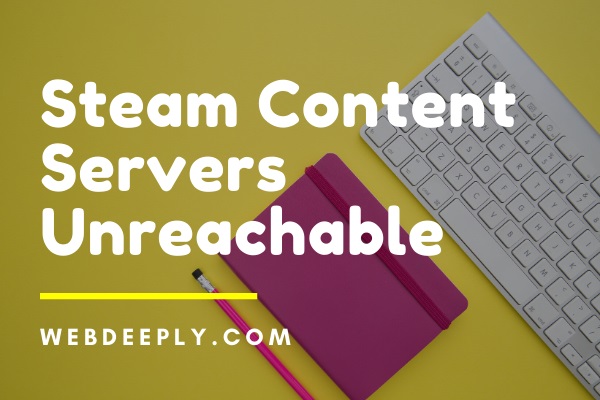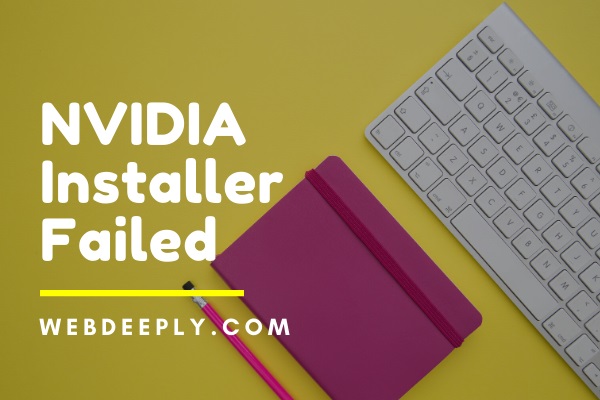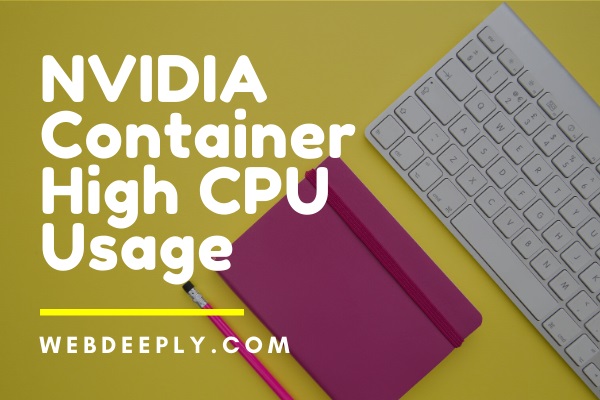By using top-tier 3D modelling software, you may improve your modelling skills and produce stunning 3D artwork. Experience with the most popular tools and programmes is essential if you want to get into the CG business, which is growing alongside the media industry.
Free programmes like Blender are major players in the market, so you don’t even have to spend a lot to get access to the greatest applications.
Top 5: 3D Modelling Software
It can be difficult to determine what learning programme or resource will serve you best when there are so many options. Whether you’re brand new to the pastime or a seasoned veteran, this guide will help you get started with the best 3D modelling tools available today.

So that you may find the most suitable application for your needs, we’ll be discussing options across a spectrum of prices, covering a wide range of software, and emphasising simplicity of use.
Using ready-made assets is a great way to speed up your workflow and try out new ideas, whether you’re working on a project with a strict deadline or you’re just exploring. Here you may download free 3D models and the best free textures available.
Make sure your computer has top-of-the-line graphics cards for maximum performance and the greatest results from 3D software. In the meantime, have a look at some of the top programmes for creating 3D models.
1: Maya
High-end 3D modelling software, as expected from a market leader.
Most artists agree that Autodesk Maya is the greatest 3D modelling programme available. Maya is the gold standard for many different types of computer graphics because it provides artists with an unparalleled variety of features and tools.
The toolset in this powerful app is difficult and takes some time to learn, therefore it’s not recommended for novices. For our Maya review, we were pleased to find that Autodesk had included numerous improvements over previous versions.
We already had a lot to look forward to, and with Maya 2022, we have even more to be thrilled about. Maya’s broad features include tools for particles, hair, solid body physics, fabric, fluid simulations, and character animation, making it a great choice for 3D modelling, texturing, lighting, and rendering.
Maya’s tremendous functionality comes at a price, so it’s important to weigh whether or not you really need all of it. Maya contains some of the best 3D tools accessible right now, and it is a good investment if you have the time, expertise, and patience to master it.
2: ZBrush
The best sculpting programme available, and it works great with 3D printers.
ZBrush is a standalone sculpting and modelling tool that is most effective for the construction of organic forms – however when we checked out the current version for our ZBrush review, we found its hard-surface skills significantly enhanced.
It has a non-traditional workflow and user interface, making it challenging for newbies to learn, therefore it’s important to put in the time to practise every day if you want to become proficient.
ZBrush’s versatility extends beyond sculpting and modelling to include UV mapping and texture painting, allowing skilled artists to create fully realised characters, complete with wardrobe and props, that can then be rendered.
This software is a popular alternative for artists seeking to 3D print toys and action figures with tools specifically developed for 3D printing.
3: Houdini
Movie-making VFX 3D modelling software.
The CG industry relies on SideFX’s Houdini to generate a wide variety of 3D graphics. Artists are given unprecedented freedom, power, and flexibility thanks to its node-based procedural approach.
Houdini’s nodal workflow isn’t for everyone, but the programme also includes more conventional tools for working with the polygons you see on the screen. In our testing, we discovered that this 3D program’s problem-solving abilities were far superior than those of competing programmes, and that its rewiring feature felt remarkably intuitive to use.
This Houdini review will show you why we think this programme is so great. Just like Maya, Houdini has its own unique challenges due to its capability and non-standard workflow. Houdini Apprentice is a free version of Houdini FX that can be used by students, artists, and hobbyists for non-commercial purposes.
You may hone your abilities with the help of the award-winning Houdini FX, whose features are completely available in the free version. Smaller studios can also benefit from the commercially available, yet still reasonably priced, Houdini Indie.
4: Autodesk 3ds Max
The top choice for Windows customers seeking 3D modelling software.
To create 3D computer graphics, Autodesk’s 3ds Max must be used on a personal computer. Its primary applications are in the film and television industries, as well as in the visualisation of buildings and consumer goods.
3ds Max, like its sibling programme Maya, offers a comprehensive collection of tools for 3D modelling, simulations of fluids, hair and fur, and rigging and animating characters. Modeling in 3ds Max is made easier for beginners and intermediate artists thanks to the program’s usage of both direct manipulation and procedural modelling approaches, as well as a vast library of diverse modifiers.
This programme has a very extensive set of professional features, hence it costs as much as a professional package should. The software is not only free for students, but there is also a 30-day trial edition accessible for those who are interested in testing it out before making a purchase.
5: Modo
The software is excellent for creating models, applying textures, and producing 3D scenes.
Modo(opens in new tab) started off as a simple subdivision surface modeller, but it has now evolved into a powerful tool for making interactive digital content. It’s simple to see why Modo has continued to grow in popularity; the toolset is well-thought-out and implemented, making it incredibly user-friendly; and the rendering technology is remarkable.
We gave Modo a thorough evaluation and discovered that while we like using its toolset and user interface, its capabilities fell short of our expectations. Since then, Foundry has received numerous updates that take advantage of current graphics hardware to significantly increase its performance.
Modo is a top-tier modelling app that allows users to easily create polygonal shapes through the use of both direct and procedural tools. As a result of integrating the state-of-the-art MeshFusion Boolean system, its modelling capabilities have been vastly enhanced.
Modo may not have the advanced dynamics and simulation tools that are available in a programme like Maya, but it holds its own when it comes to generating magnificent artwork, rendering as well as any other package currently available.






















